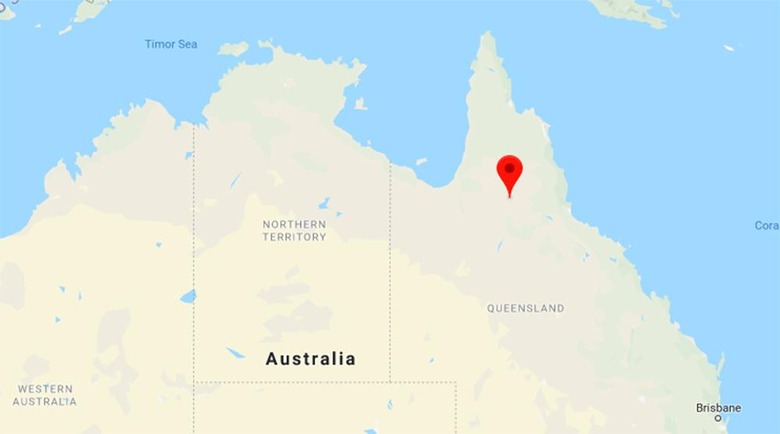Northern Australia May Have A 1.7 Billion Year Old Chunk Of Canada
A newly published study in Geology reveals that part of Northern Australia may once have been a chunk of Canada. The study originates from the Geological Society of America, which found that rocks in Georgetown, Queensland, are similar to ones found in North America but not to ones from Australia itself.
According to the study, that part of Northern Australia may have been a part of Canada which eventually broke free, scooping up the rocks which were located in a shallow sea about 1.7 billion years ago. This process happened during the time of Earth's supercontinent known as Nuna.

That portion of Canada then existed free of North America, only to collide with Northern Australia's Mount Isa region about 100 million years later. That section of former North American soil then became part of modern-day Australia, though bringing with it rock signatures unknown to the region.
Curtin University School of Earth and Planetary Sciences PhD student Adam Nordsvan said, "The team was able to determine this by using both new sedimentological field data and new and existing geochronological data from both Georgetown and Mount Isa to reveal this unexpected information on the Australia continent."
Ultimately, the landmass spent millions of years existing as part of the aforementioned supercontinent, only for that to eventually separate about 300 million years later. Rather than breaking free to exist on its own, the piece of Canada tagged along with Australia, becoming a permanent member of the landmass.
SOURCE: Curtin University
